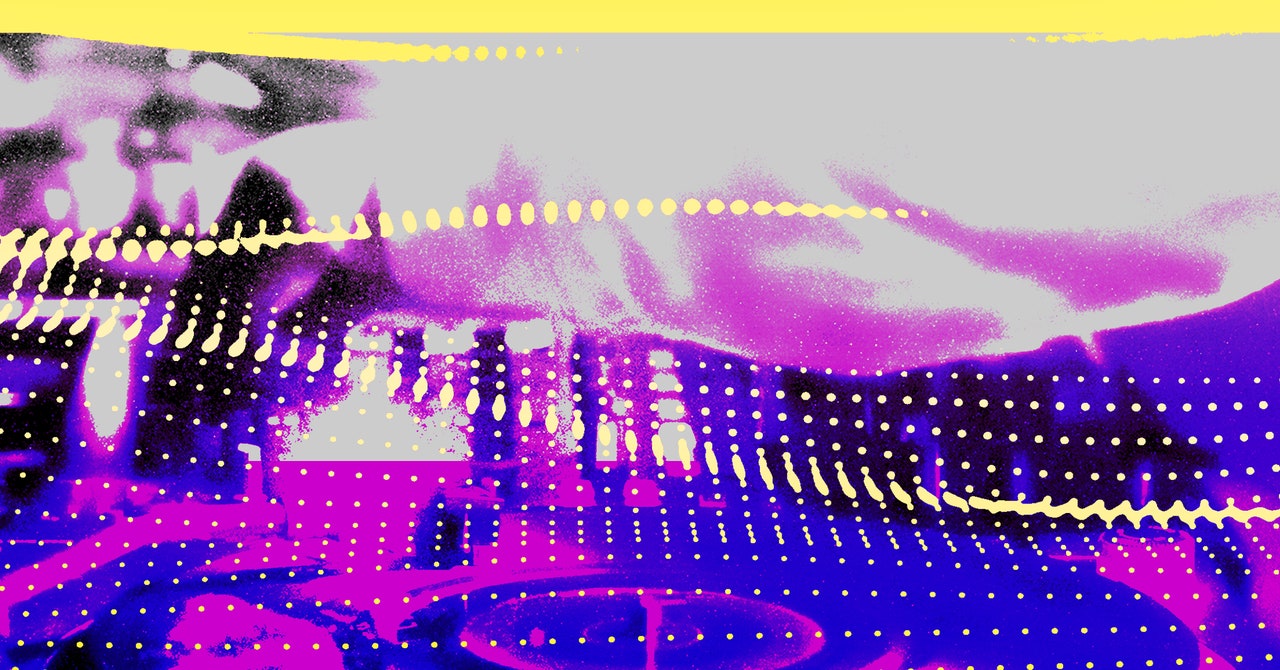Lo-Fi Music Streams Are All About the Euphoria of Less

Dion Lewis was trying to make the best out of a difficult situation. Last August, when a storm left his Chicago neighborhood without electricity for a week, he improvised. Lewis had recently created a YouTube page for tutorials about the various aspects of computer programming called Code Pioneers, and that first night, unable to record, he decided to gather his wife and daughter for some quality time. Together in their living room surrounded by flickering candles, the three of them sat listening to songs Lewis “previously downloaded to use as background music” in his video tutorials. They included tracks like RalphReal’s “Mix It Up” and “Wallflowers” by the Portland experimentalist musician Bad Snacks.
The next morning, moved by what he’d heard, Lewis grabbed his DJ controller, headphones, and used “the last amount of power” in his laptop to make “Late Night Coding in Chicago”—a 32-minute stream of soothing lo-fi hip-hop songs and, to date, one of the most-watched videos on his YouTube page.
As early comments on the post indicated, Lewis tapped into “something next-level.” The popularity of the video is not a total surprise for those familiar with the platform’s deep subcultures. “Late Night Coding in Chicago” is part of a booming genre of video—and sound—on YouTube that, according to the company, amassed more than a billion views in 2020.
Officially, the genre is called lo-fi hip-hop, and the essence of its sound spurns surplus. Like all of the selections Lewis featured in his first video, songs are typically relaxed and slow-feeling, contain no lyrics, and are so impressively low-key that it’s easy to forget music is even playing. They are meant to be mood-setters. The songs, which Lewis says ordinarily have a “nice mellow rhythm that is somewhere between 70 and 95 bpm” (beats per minute), often work as background filler while doing any number of tasks: working, studying, meditating, biking, cooking, or in the case of those who visit Lewis’ page, coding.
Lewis is a full-stack web developer and has worked in IT for more than a decade. Code Pioneers started, he says, out of a concern for people who were “suffering layoffs, furloughs, and pay cuts due to the start of the Covid-19 pandemic.” As the description on the site makes clear, the page is for anyone who wants to learn the particulars of coding. On it, topics span the basics of HTML and how to make an iframe on a webpage. In one of Lewis’ earliest uploads, he speaks at length about “the #1 skill needed by developers” (the answer might surprise you).
The video that materialized from the first night of the power outage was “never a part of the original plan,” Lewis says. Seven months in, those videos are now “a prominent feature” of his page, a move that has gained him a faithful subscriber base of 17,000. “The lo-fi hip-hop videos have a greater impact on viewers than any tutorial ever could,” he says. Not long ago, one listener messaged Lewis and explained how listening to his videostreams helped him “cope with loneliness” as a remote worker.
While the seeds of the genre existed in scattered corners of YouTube for a time, lo-fi hip-hop began to formally bubble in 2016 and has since pollinated outward. Made famous by the channels ChilledCow (7.5 million subscribers, 3 million of which he gained last year) and College Music (1.2 million), what all of them have in common is a core embrace for minimalism. The framework, which is heavy on instrumentation and atmosphere, borrows from producers like J Dilla, Nujabes, and Madlib, who helped to architect a similar sound in the early 2000s. On an internet built around excess, lo-fi hip-hop practitioners abide by a single belief: the euphoria of less.
